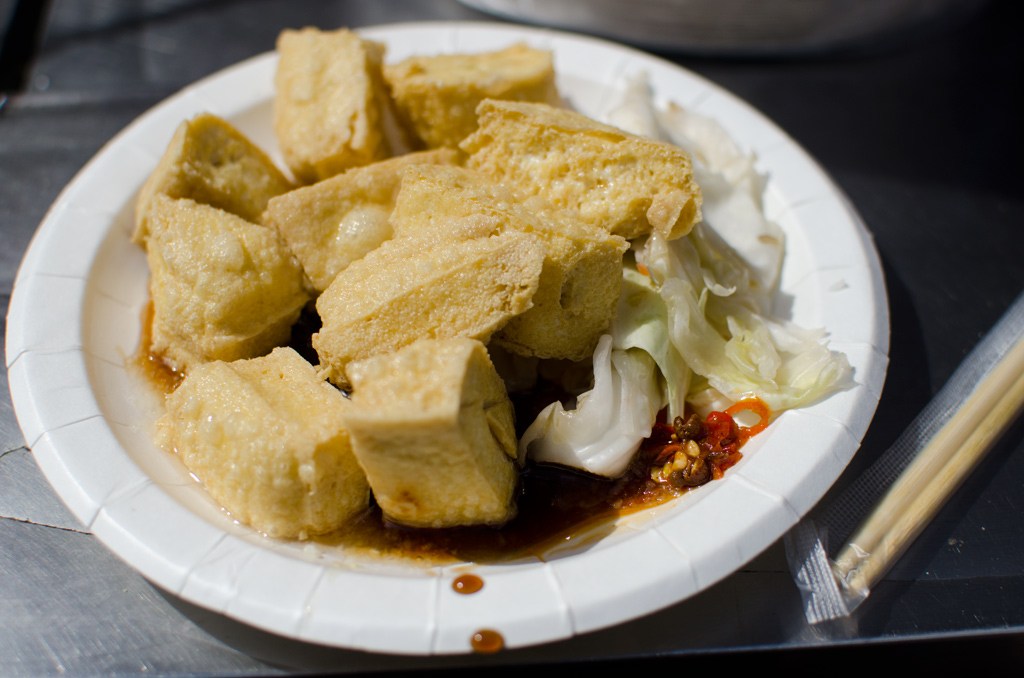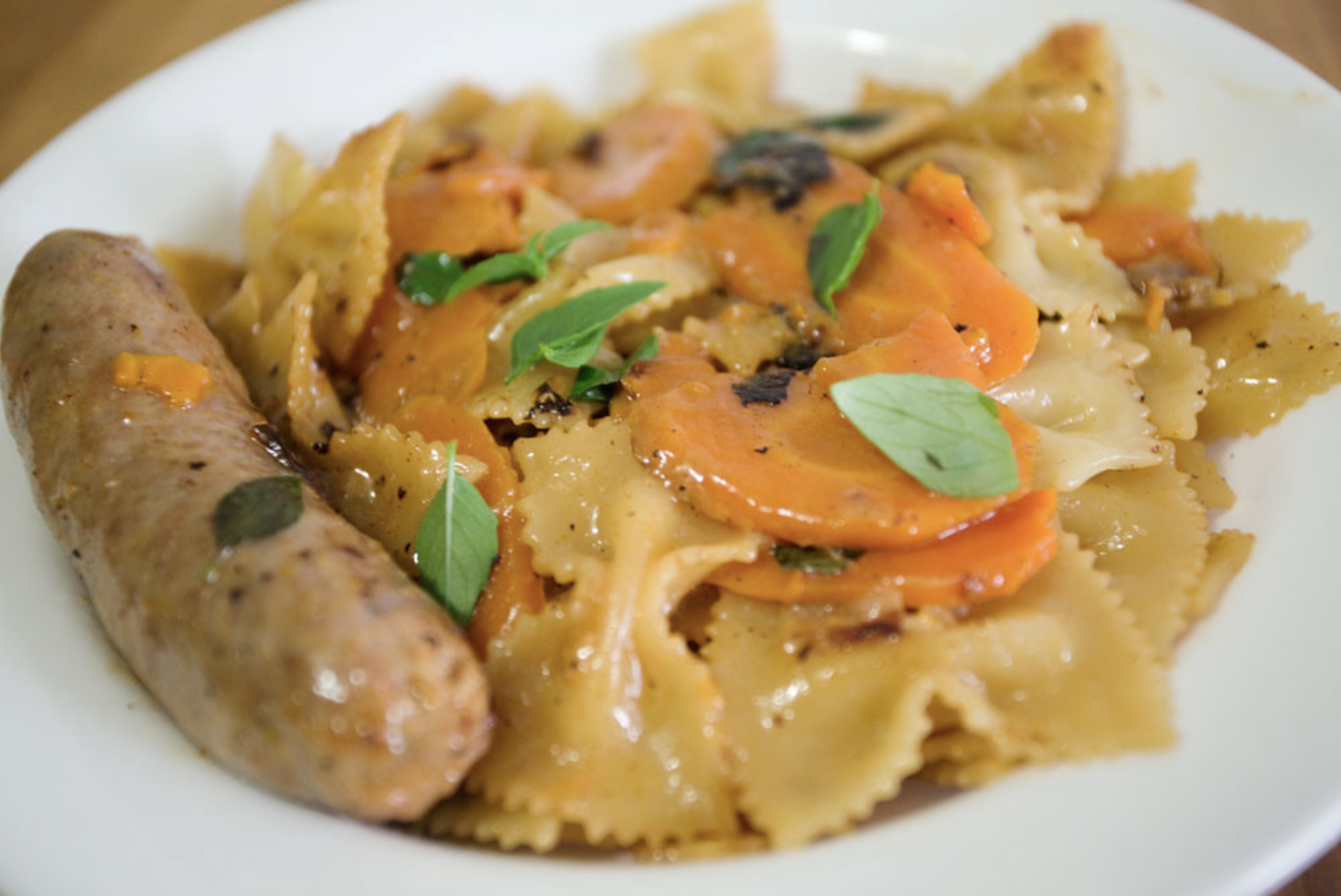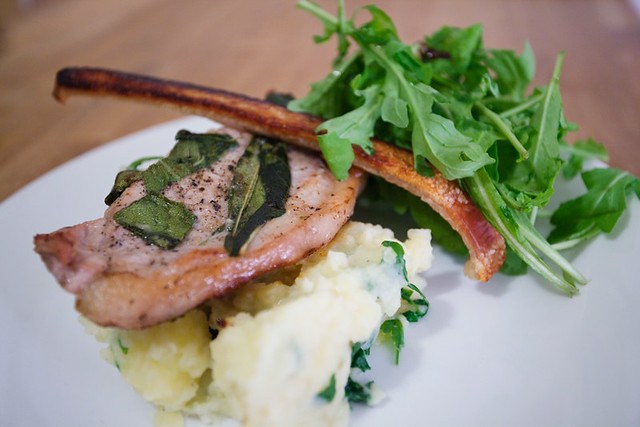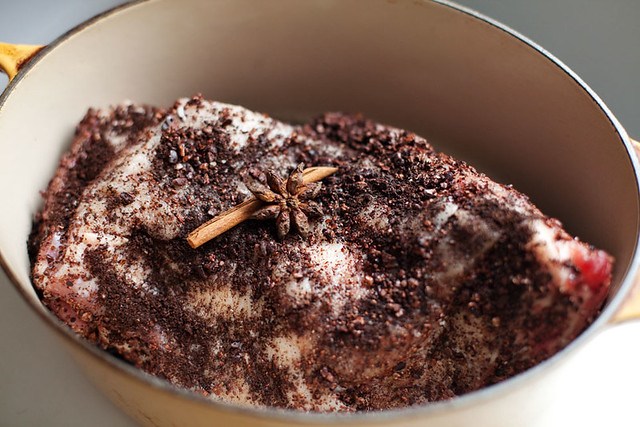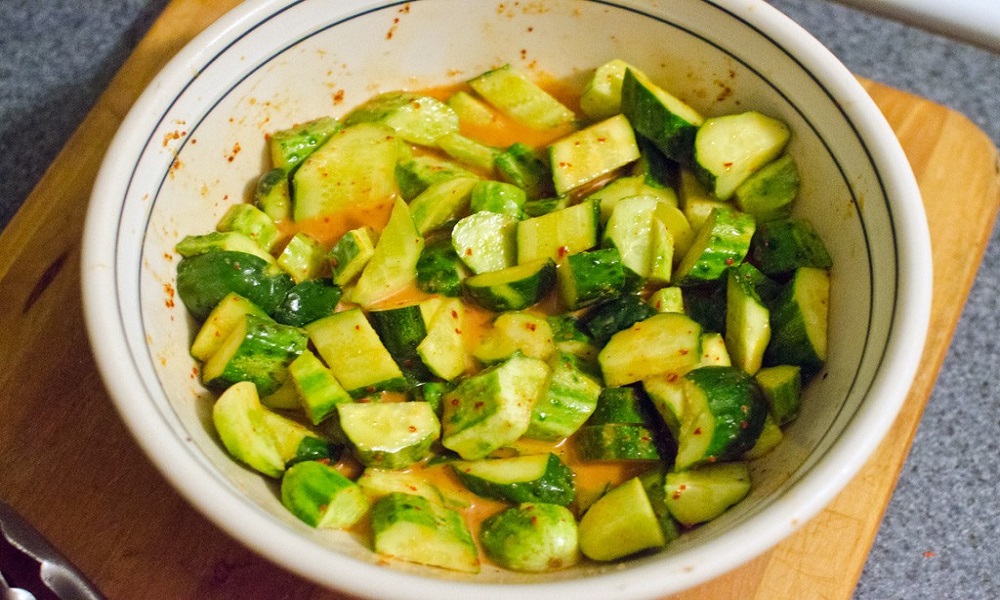Medieval cooks didn’t have fancy gadgets or precise temperature controls. They had fire, stone, and raw skill. These ancient techniques produced flavors that modern appliances struggle to match. Today’s chefs are rediscovering these methods for good reason—they work better than expected.
6. Hearth Cooking

Medieval hearths weren’t just fireplaces. They were precision cooking systems with distinct temperature zones. Direct fire reached 400-500°F for searing. The mid-zone held steady at 200-300°F for roasting. The chimney area provided gentle 150-180°F warmth for keeping food ready.
Heavy iron cookware retained heat like thermal batteries. Stone hearths stored warmth for hours. This setup let cooks prepare multiple dishes simultaneously without modern controls.
Modern pizza ovens try to recreate this radiant heat system. They rarely match the flavor complexity of true hearth cooking.
Why it worked: Thermal mass plus multiple heat zones created perfect cooking conditions. No electricity required.
5. Spit Roasting

Professional chefs increasingly recognize that spit roasting delivers superior results. The constant rotation prevents hot spots. Rendered fat flows down, basting the meat continuously. This creates crispy skin with juicy interiors that rotisserie ovens can’t replicate.
The open fire adds smoky depth. Every surface gets perfect exposure to heat and smoke. Modern rotisseries spin in enclosed chambers. They miss the flavor that only live fire provides.
The secret: Gravity does the basting work. Fire does the flavoring. Simple physics beats complex machinery.
4. Ash Baking
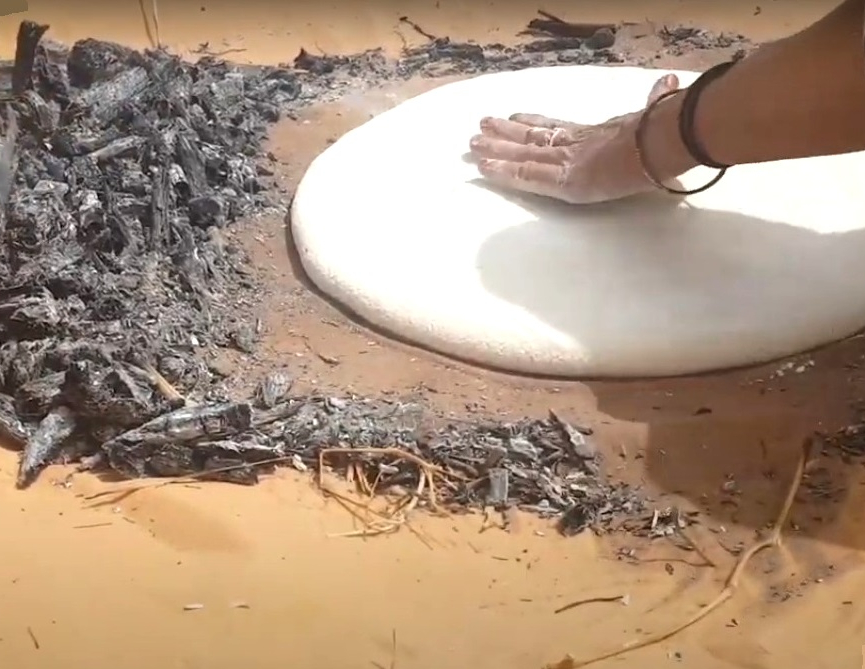
Picture this: Fish wrapped in dock leaves, nestled in 300-350°F ash. The leaves create a steam chamber. Ash provides even heat from all sides. The result is perfectly tender fish with subtle smoky notes.
This technique preserves natural oils without drying. Modern ovens blast food with hot air. Ash baking cradles food in gentle, consistent warmth.
Modern application: Campfire cooking and outdoor enthusiasts still use this method. It requires no equipment—just fire and knowledge.
3. Salt Crust Cooking

Medieval cooks encased whole fish and birds in salt crusts. The salt forms an impermeable shell during baking. This traps moisture and creates even heat distribution. When cracked open, the food is incredibly juicy.
The salt doesn’t penetrate the food. It acts as a protective barrier. This technique adds theater to the dining experience. Guests watch as the crust gets hammered open at the table.
Why it works: Salt creates thermal mass and moisture control. Modern sous vide tries to achieve similar results with plastic bags and precise temperatures.
2. Smokehouse Preservation
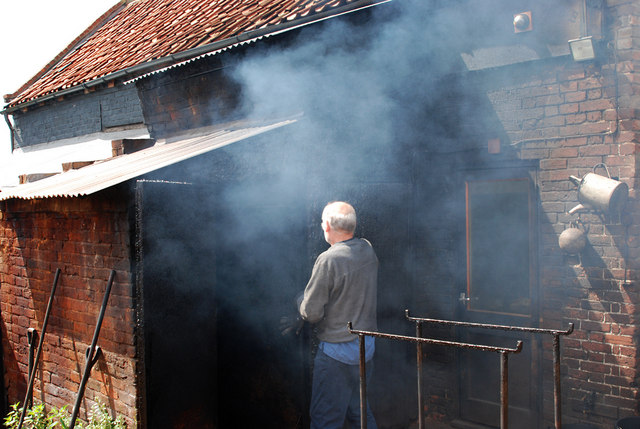
Medieval smokehouses served dual purposes. Cold smoking under 90°F preserved food without cooking. Hot smoking at 225-250°F both cooked and preserved. Wood choice determined flavor profiles.
Smoke contains natural antimicrobial compounds. This killed bacteria while adding complex flavors. The process took days but created food that lasted months without refrigeration.
Modern relevance: Artisan charcuterie relies on these exact techniques. Premium smoked products command high prices because the flavor is irreplaceable.
1. Haybox Cooking
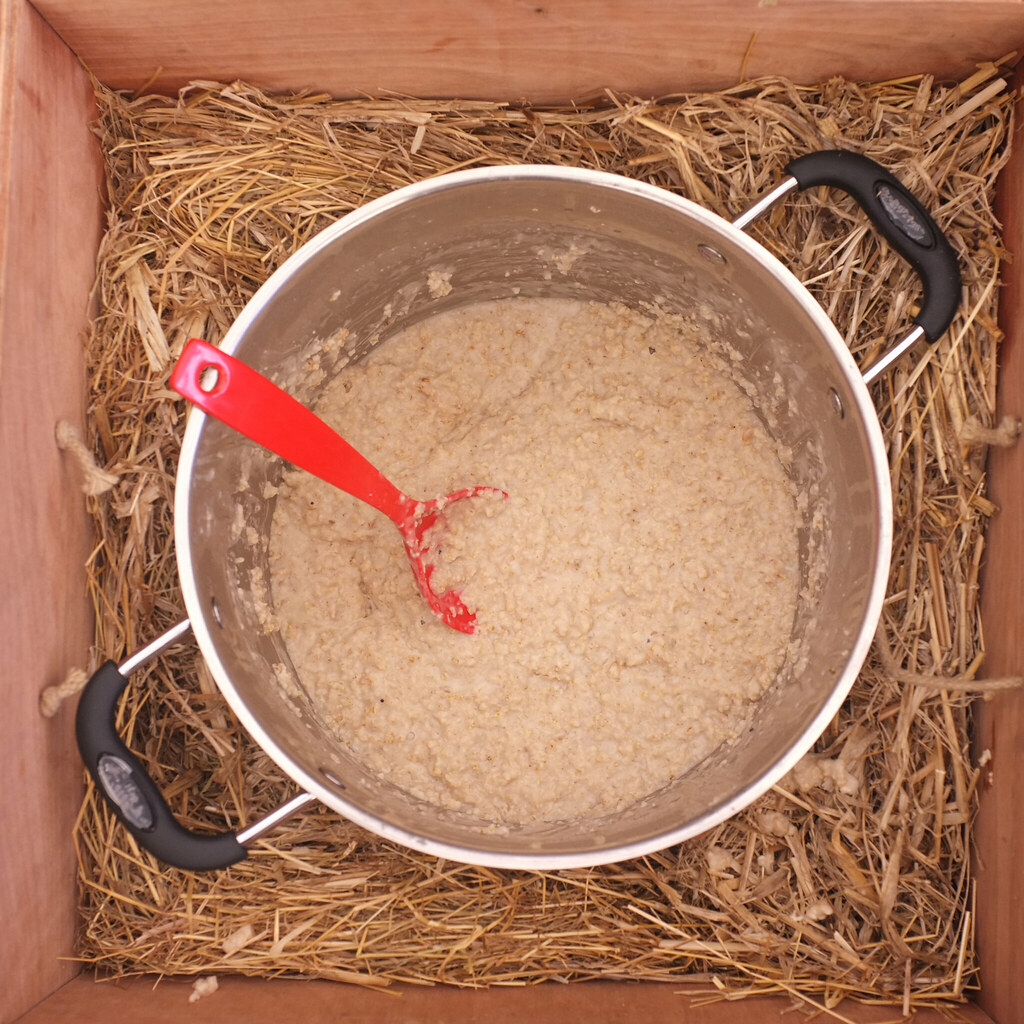
Haybox Cooking: Bring food to a rolling boil. Transfer the pot to an insulated box filled with hay. The trapped heat finishes cooking over 6-8 hours. No extra fuel needed.
This method saves energy while delivering tender results. Food cooks slowly and evenly. There’s no risk of burning. Modern thermal cookers use the same idea with better insulation.
Salt Preservation: Medieval cooks used multiple salt methods. Dry salting drew moisture from meat. Brining soaked food in salt water. Both methods stopped spoilage while building rich flavors.
The process needed precise timing and salt amounts. Too little salt meant rotten food. Too much made it inedible. Skilled cooks found the perfect balance.
Why they endure: Modern bacon and cured fish rely on these exact methods. The chemistry hasn’t changed in 800 years. Heat retention does all the work for haybox cooking. Salt chemistry handles preservation.














